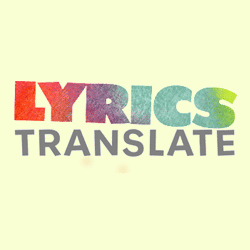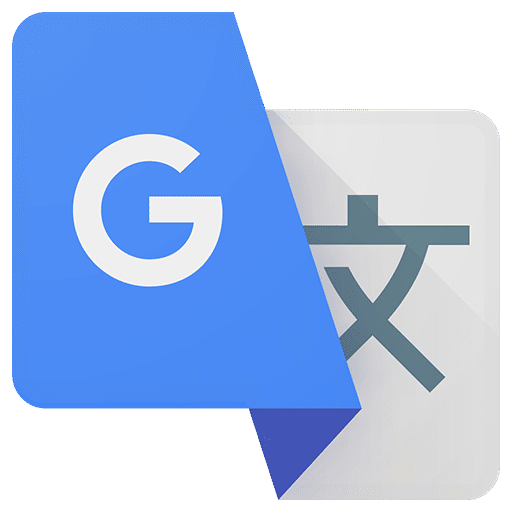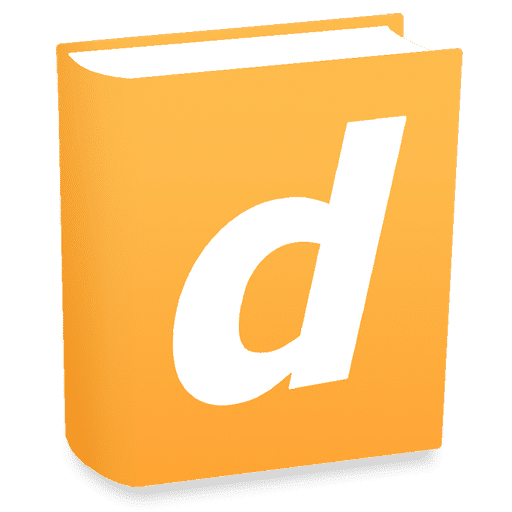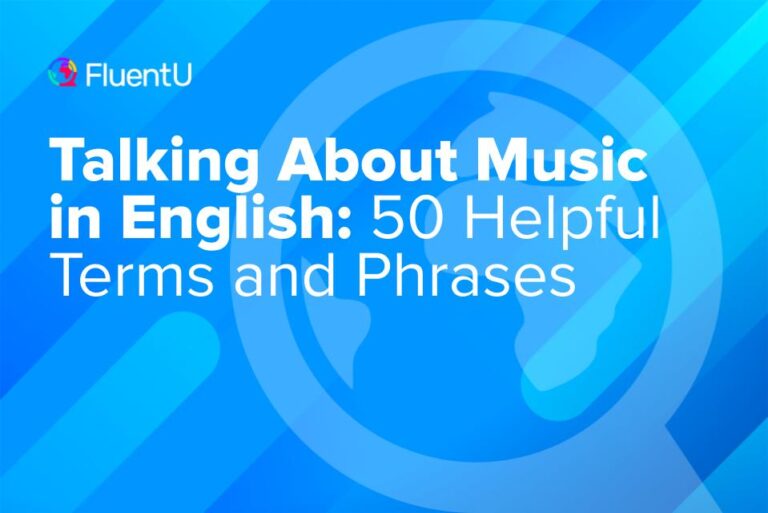Contents
- 1. Learn English by Translating Movie Dialogues
- 2. Learn English by Translating Music
- 3. Change Your Phone’s Language Settings to English
- 4. Start Chatting and Messaging in English
- 5. Place Vocabulary Labels Around Your Home
- 6. Read a Classic Book from Your Culture in English
- When to Stop Translating Between English and Your Native Language
- Resources to Use While Learning English by Translation
How to Learn English by Translation

When you are an English beginner, sometimes the fastest way to memorize new words is simply to learn their translations in your native language.
So in this article, I will show you some fun activities to learn English by translation as a beginner. I will also give you some simple, daily activities to stop translating and start thinking in English naturally.
Download: This blog post is available as a convenient and portable PDF that you can take anywhere. Click here to get a copy. (Download)
1. Learn English by Translating Movie Dialogues
English-language movies have been popular throughout this world for decades. You are probably already familiar with many English movies that have been dubbed (in other words, the English audio is replaced with audio in another language).
But now we will start watching movies in the original English and using those for our translation exercises!
What types of movies should I focus on translating?
Beginners should start with simple, repetitive movies. Try kid’s movies, rom-coms (romantic comedies) or superhero movies. The language will be challenging but not highly complex. Plus, the main topics and conflicts will be relatable to you.
Here are some options, for example:
More advanced learners can look for movies that have more complex writing. Indie (short for “independent”) movies are known to be a bit strange, the concepts are more abstract and the dialogue uses metaphors and similes.
This is the perfect time to turn on the English subtitles and really challenge yourself with how much you know so far!
Here are a couple of examples of popular indie movies:
What should I do when translating English movie dialogue?
Do not try to watch and translate a movie from start to finish!
Choose one scene at a time, or even just part of a scene. Try to find the scenes that are very important to the plot of the movie.
Go line-by-line. Pause, translate, then press play again. As you continue doing this exercise, you can try translating for longer and longer periods of time.
When you have finished translating a scene, if you can access the translated subtitles in your native language, use those to check your work. Otherwise, use the tools we mentioned above.
If you’re worried about burning out trying to translate a movie or still don’t feel ready to translate films, you can look for shorter clips and work from there.
You can find these on YouTube or with learning tools on programs like FluentU.
FluentU takes authentic videos—like music videos, movie trailers, news and inspiring talks—and turns them into personalized language learning lessons.
You can try FluentU for free for 2 weeks. Check out the website or download the iOS app or Android app.
P.S. Click here to take advantage of our current sale! (Expires at the end of this month.)

You can also check out our YouTube channel for lessons based on clips from the program:
2. Learn English by Translating Music
Just like music, English-speaking songs are well-known by lots of listeners. It’s probably played in your native country’s radio, supermarkets, cafes and any public place. So it should be a fun, familiar way for you to get some translation practice!
What types of music should I focus on translating?
Start with popular English hits. We are suggesting this because you can often find a translated version of popular English songs in your native language. That means you will have something to compare with to correct your own work.

For example, Lyrics Translate is a great tool to find many songs translated from English into your native language!
You should also try to find songs where the singer is pronouncing the words clearly.
Rap, rock, gospel and death metal are amazing genres of music but when learning English through translation, these types of songs probably would not be the best option. It’s often hard even for native English speakers to understand the lyrics in these genres.
Pop music tends to be a lot clearer, plus they are usually quite repetitive and relatable.
Here are some good examples:
- “Uptown Girl” by Billy Joel
- “Call Me Maybe” by Carly Rae Jepsen
- “I’m Yours” by Jason Mraz
What should I do when translating English music lyrics?
Similar to the movie exercise, do not try to translate the whole song at once. This can be overwhelming.
Instead, choose the chorus of the song (the part that repeats two or three times). Not only does the repetition help you understand the lyrics, but the chorus tends to discuss the main ideas of the song.
Try to go one line at a time and then do more and more as you get more comfortable.
It is also important to look for key words in the lyrics of the songs. You can try to translate those first and check your work, then do the line-by-line translation. This will prevent you from getting confused or lost throughout the translation exercise.
The chorus will typically have a lot of key words for the song, but you can also look for any word that is repeated throughout the lyrics as well as the words in the title of the song.
3. Change Your Phone’s Language Settings to English
Did you know that the average American checks their phone 80 times per day?
If you have a smartphone, you probably do, too!
This creates an excellent opportunity to immerse yourself in English throughout the day. You just need to change your phone’s language settings to English.
Since you are already familiar with most of your phone’s features, this is a fun way to learn new vocabulary without getting too confused or needing to look up a translation.
It can even feel as if you have bought yourself a brand new phone, without spending a penny!
4. Start Chatting and Messaging in English
From text messages, to Twitter, to email, we spend a lot of time communicating digitally.
So you just need to start doing it in English!
But where do you find English speakers to chat and message with?
There are amazing apps and websites where you can find native English speakers to practice with. Or, you can start talking in English with your friends and family who are also learning the language. You will love the opportunity to teach and learn from one another. You can also be honest with one another about the mistakes you make and ask questions without feeling embarrassed.
And since you have just put your phone’s language settings in English, your phone will automatically correct the spelling and grammar mistakes in your messages!
5. Place Vocabulary Labels Around Your Home
Sink, bed, door, closet.
These are the everyday things we see and do not think about much. But can you talk about all of these basic household items in English?
Putting English vocabulary labels around your home will teach you essential vocabulary without adding any extra study time to your day. You will learn the new words simply because you will see them so often during your daily routine.
Just write the English word on a sticky note and place it on the object!
Be smart about how many labels you have in your house at a time. It can be very tempting to have labels all over your home, but then they will become less noticeable and memorable. Try to have about 10 at a time, and when you have fully learned each word, replace them with 10 different labels for different objects.
6. Read a Classic Book from Your Culture in English
Remember the fairy tales and fables from your childhood?
These are the perfect books to start your adventures reading in English.
You may not be able to find exact English translations of your old kid’s books, but you can find ones where the storyline is probably extremely similar.

Because you probably know your native language’s version of the story, the English version will not be so confusing. You will be able to create associations between the English words and the places, descriptions and actions of the story.
Another great reason to go with this option is that you can have the chance to read the English language version to your child, niece, nephew or any small person in your life!
When to Stop Translating Between English and Your Native Language
As we mentioned earlier, translating between English and your native language is often necessary when you are a beginner. It can help you understand the basics of the English language and start developing your vocabulary.
But if you continue to rely on translating, you will have trouble advancing. You will not be able to create natural English sentences or truly understand how to use different English words in the correct situation.
That is why we will now discuss activities to stop translating between English and your native language.
To get you ready, check out these videos that give general instructions and tips on how to stop translating.
- “How to Stop Translating and Start Speaking English Naturally!” from Heather Hansen, an English pronunciation instructor.
- “How to Stop Translating in Your Head and Start Thinking in English Like a Native” from Go Natural English.
Resources to Use While Learning English by Translation
As you do the translation activities above, you will need some tools to check your work to make sure your translations are correct! Here’re a few resources to help you do that:
- Google Translate: one of the most-used translation apps out there. It can understand and translate about 100 languages. As you do your translation work, simply type or paste the original text into the lefthand box, making sure “English” is selected. Make sure your native language is selected in the righthand box. Then compare your translation to Google’s.

Keep in mind that Google Translate is not perfect. Use it simply as a guide. Compare your verb tenses, parts of speech (e.g. nouns, adjectives, verbs, etc.) and key vocabulary words to Google’s version, in order to identify your own mistakes.
- dict.cc: a helpful translation app that has many languages you can choose to translate with English. It works best whenever you need a word quickly translated.

Overall, learning English by translation is something that needs time and patience, but when you are ready, it is time to fly out of the nest and use all of that knowledge out there in the real world!
Download: This blog post is available as a convenient and portable PDF that you can take anywhere. Click here to get a copy. (Download)















